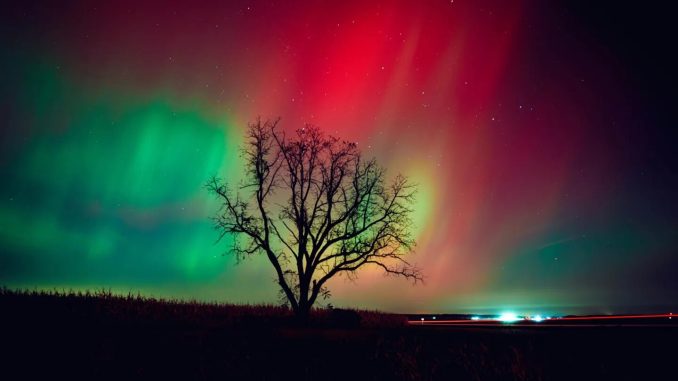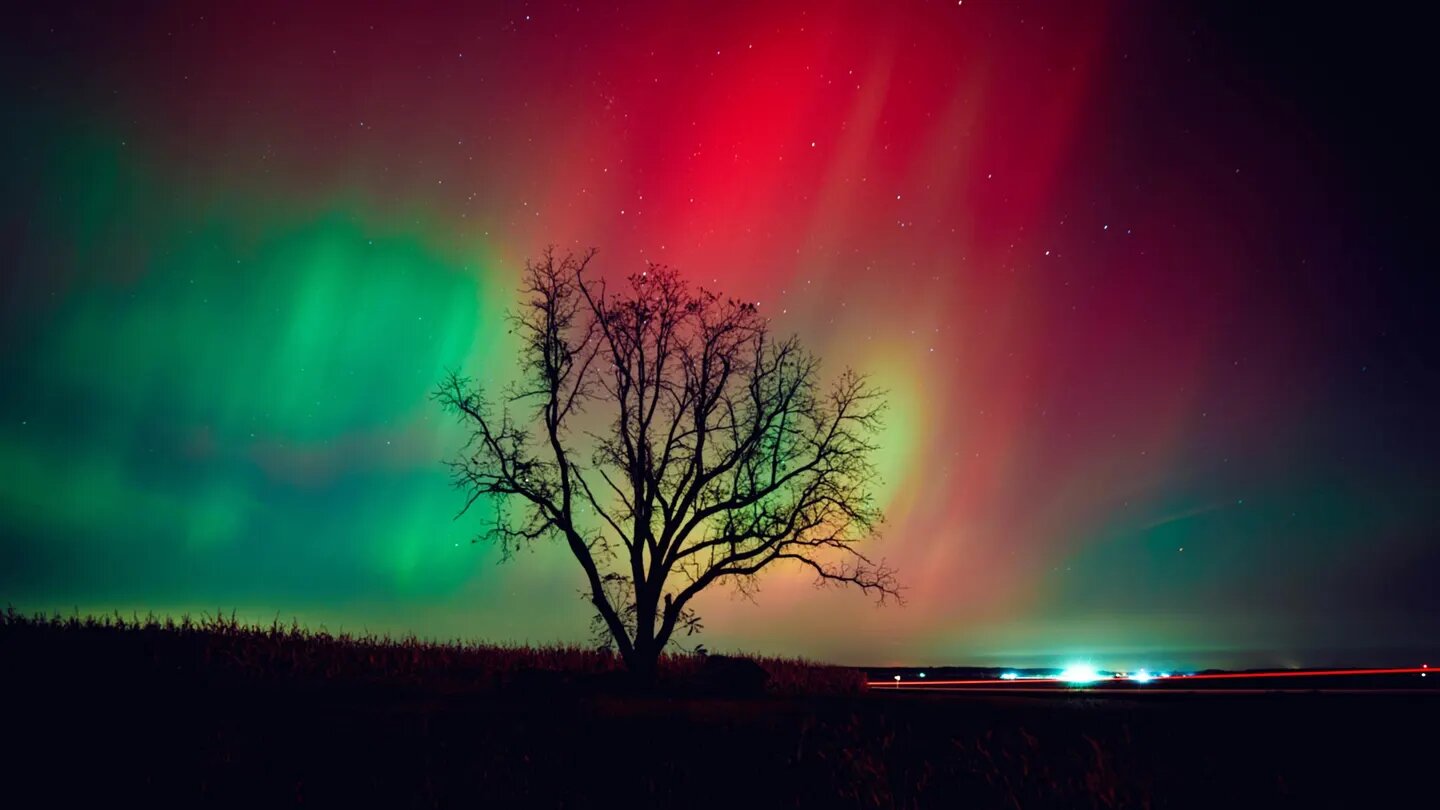
Aurora Alert: Northern Lights To Dazzle Us Again Tonight, Aurora Borealis Would Be Visible From These States Tonight
States close to the Canadian border will have a chance at seeing the northern lights Wednesday nights, as space weather conditions likely die down leading into the weekend, according to a National Oceanic and Atmospheric Administration forecast.
Key Facts
NOAA forecast a Kp index of 3 for Wednesday night, indicating the aurora will be brighter with more “auroral activity” that will be “quite pleasing to look at” for people in the right viewing area.

Earlier this week, NOAA forecast a minor geomagnetic storm—resulting from a burst of energy and particles released by the sun—for Wednesday that would likely push the northern lights farther south, though the agency now expects calmer space weather through Friday night.
More severe geomagnetic storms have the potential to impact critical infrastructure, including GPS and electric power transmission, and are caused by solar coronal mass ejections, an eruption of plasma and magnetic fields from the sun’s surface.
Where Will The Northern Lights Be Visible?
Several northern U.S. states are anticipated to view the aurora, with Alaska and Canada having the best chances. NOAA predicts a view line—where viewers have a limited possibility to see the phenomenon—that sweeps just below the Canadian border, indicating that places in Washington, Idaho, Montana, North Dakota, Minnesota, Wisconsin, and Michigan have a low probability of witnessing the aurora.
What’s The Best Way To See The Northern Lights?
NOAA recommends looking for the aurora between 10 p.m. and 2 a.m. while at a higher vantage point away from light pollution.

What’s The Best Way To Photograph The Northern Lights?
Using night mode on your smartphone while using lower shutter speeds will help take photos of the aurora, even if the northern lights aren’t visible to the naked eye, according to Visit Iceland, Iceland’s tourism website.
Key Background
Recent solar flares from Solar Cycle 25 have increased the chance of geomagnetic storms and aurora borealis occurrences. This is the sun’s 11-year cycle. Last Monday, the sun unleashed an X1.4 flare, the most powerful, prompting NOAA to issue a severe geomagnetic storm warning. The incident brought the aurora borealis as far south as Texas, and NASA believes the solar cycle is reaching its climax. NASA had predicted greater geomagnetic storms up to 2026, since the sun’s activity has been higher than projected.
Leave a Reply